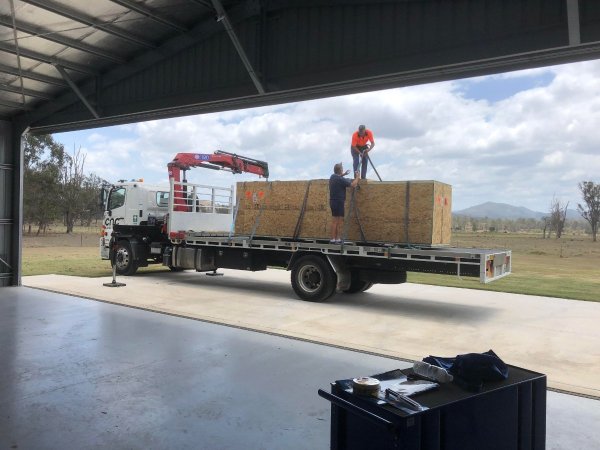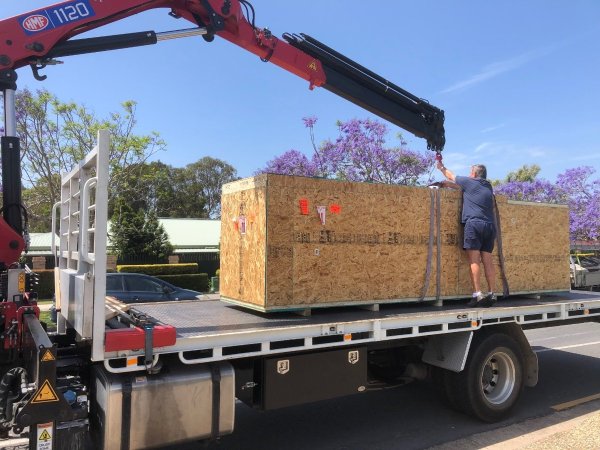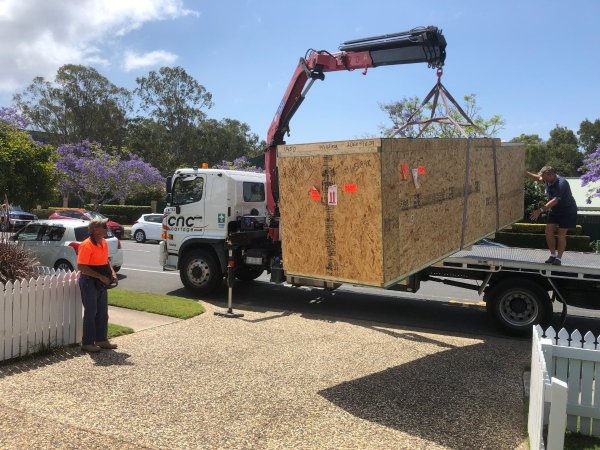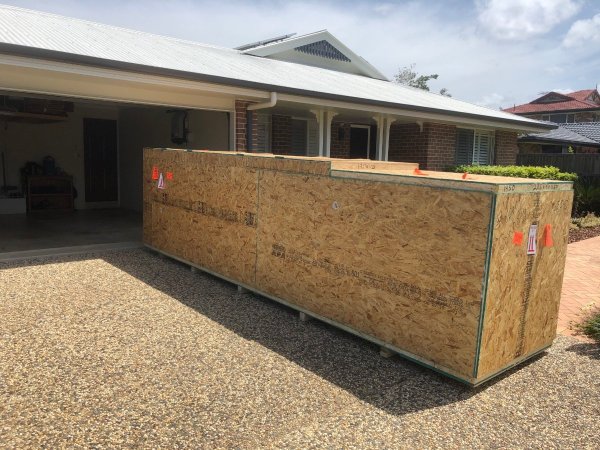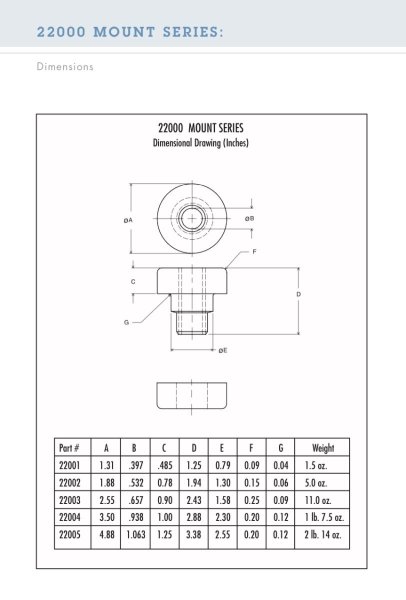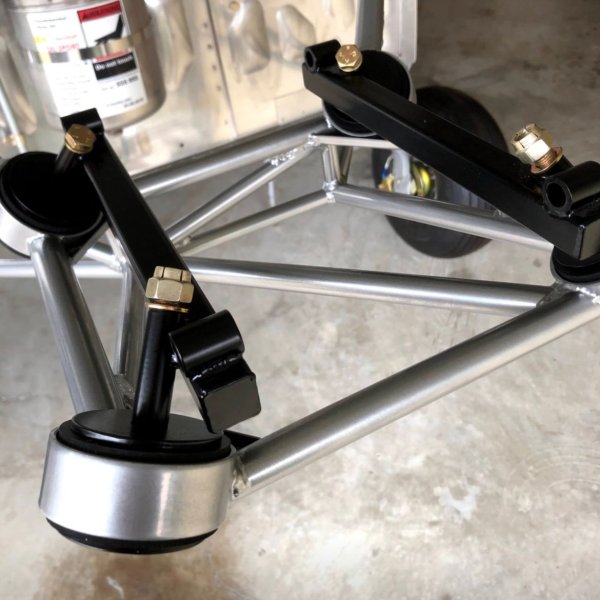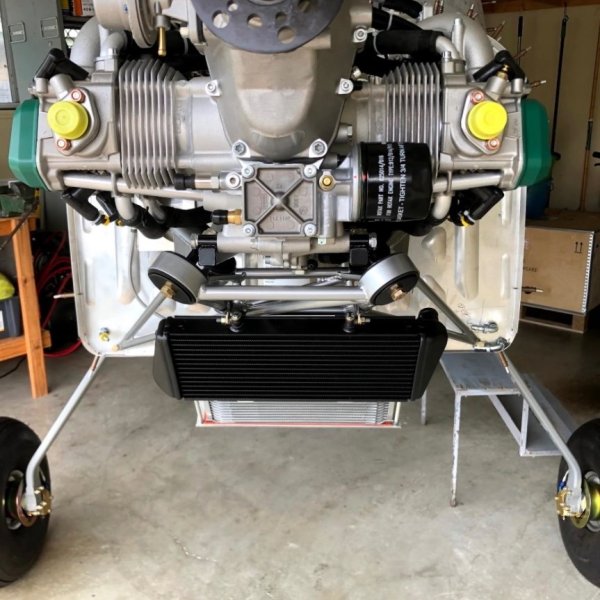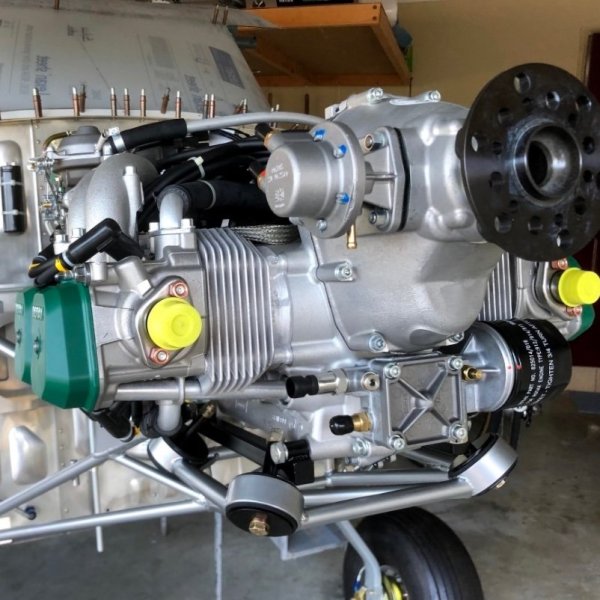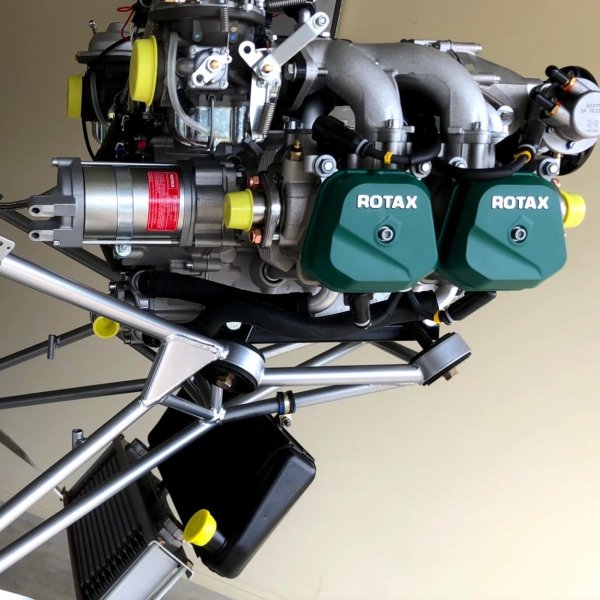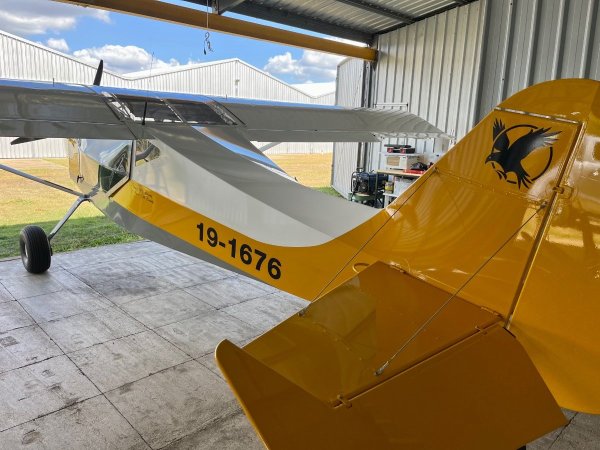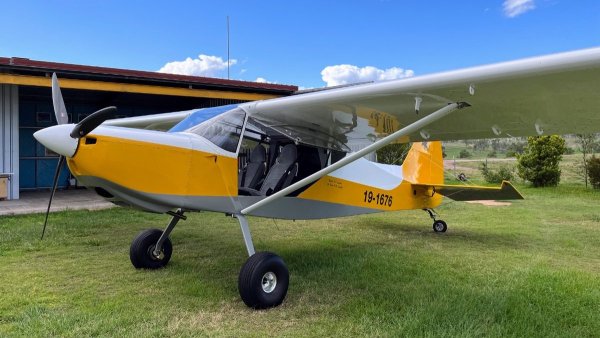-
Posts
142 -
Joined
-
Last visited
-
Days Won
1
Content Type
Profiles
Forums
Gallery
Downloads
Blogs
Events
Store
Aircraft
Resources
Tutorials
Articles
Classifieds
Movies
Books
Community Map
Quizzes
Everything posted by rodgerc
-
Looks like a very nicely built aircraft CharlyT. 👍
-
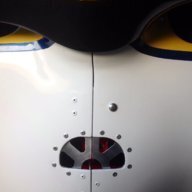
Class 5 medical declaration. My experience
rodgerc replied to NT5224's topic in AUS/NZ General Discussion
Whilst I never pass up an opportunity to take a shot at CASA, the system worked flawlessly for me....Easier than ordering a Sunday night pizza from Uber. -
-

Class 5 medical commence from 9 February 2024
rodgerc replied to Blueadventures's topic in AUS/NZ General Discussion
Well that was easy enough. -
Move over ROTAX…..move over PEUGEOT
-

Finally Group G is getting closer
rodgerc replied to Kyle Communications's topic in AUS/NZ General Discussion
There is no blanket requirement for TSO’d instruments in 19-XXXX amateur built RA-Aus or experimental GA to fly in controlled airspace. Here’s a reference: https://raaus.com.au/wp-content/uploads/2023/10/raap-14-can-i-fly-in-controlled-airspace.pdf -

Finally Group G is getting closer
rodgerc replied to Kyle Communications's topic in AUS/NZ General Discussion
It’s likely aimed at the owners of C150’s, Tomahawks and Air Tourers who have had recent exchanges with CASA medical staff. -

Finally Group G is getting closer
rodgerc replied to Kyle Communications's topic in AUS/NZ General Discussion
The precise wording on the RA website is: “There are currently 3232 active aircraft in the RAAus fleet.” Since registrants are invoiced annually, I’d interpret “active” to mean “currently registered”, but I’ve been wrong before today. -

Finally Group G is getting closer
rodgerc replied to Kyle Communications's topic in AUS/NZ General Discussion
3,232 as of 26 January 2024 -

Vans Aircraft suffering cash flow difficulties
rodgerc replied to rodgerc's topic in Aircraft General Discussion
They become unsecured creditors and wait in line with all the other creditors for a refund. -

Prince Harry honoured as aviation legend.
rodgerc replied to Blueadventures's topic in UK/Europe General Discussion
The Oxford Reference Dictionary’s entry for “Legend”: A traditional story sometimes popularly regarded as historical but not authenticated. On that basis he likely qualifies, although I’m now going to look up “Popularly”. Move along please folks, there’s nothing to see here. -
JG3 is active on this forum
-
Just reread my post and realised I used 790N instead of 700N….Despite the error, the outcome remains the same.
-
If it were me, I’d initially keep life simple by sticking with all 22001 dimensions except the OD. Some (very) basic stuff assuming a 70kg engine and prop combo….Call it 700 Newtons for simplicity. Original mount net area 790mm^2 x 4off = 3,160mm^2. Compressive stress = 790N/3,160mm^2 = 250kPa With a 1-1/2” OD the total bearing area increases to 4,216mm^2 or 33% more. So compressive stress decreases to 790N/4,216mm^2 = 187kPa. By implication, the compressive strain on the mounts will also be decreased by about 1/3 and along the way, you’ll have increased the surface area to dissipate all that vibration (kinetic energy) heat into the aluminium mounting rails. Naturally, the back-up washers will also need to be increased in diameter. It’s pretty easy to cast urethane and there’s a bunch of videos on YouTube showing people doing it at home….Search “casting polyurethane bushings” and pour yourself a drink. If you’re still unsure of your ability (it’s easy) then pop over to 33 Holloway Dr Bayswater and talk to Melbourne Polyurethane.
-
Would you be able to crib an extra 1/4” on the diameter of the mount? (I.e. Dimension A) If yes, then personally I’d try that by having a custom set cast in 80A durometer PUR before switching to a stiffer (higher modulus) compound….It would improve the vibration dampening characteristics of the engine mount. When comparing the dimensions of the 22001 rubber components with the Lord mounts used on a (albeit considerably heavier) Conti 0-200, it does seem to be rather a big ask.
-
I’d be inclined to look at a larger mount rather than a stiffer compound. Simply on the basis of force/area = pressure. (Stress) For information only, the (during construction) pics below are the RANS bed-mount installation in my Raven. After ~90h flying over 18 months they are standing up very well with no noticeable compression set/sag. I suspect they are natural rubber of around 80A durometer.
-
For what it’s worth, my AeroVee powered Waiex’s engine mounts were replaced at every annual, because after a year and 25-35h flying they were pretty well shot. I suspect they were EPDM of around Shore A, 80 hardness. Given thermoset urethane is readily available and easy to cast in a silicone mould, have you considered casting your own larger mounts from polyurethane to spread the load?
-
I can see the threshold of an airport from my front door where hangars cost 6 times more than the one that I drive 1 hour to/from at least once a week. Happy to drive.
-

Recreational Aviation Constitution Amendment - URGENT!
rodgerc replied to Airsports's topic in Governing Bodies
Well that little indulgence will account for at least $5 of the next levied fee increase for each and every member of RA-Aus. -
Jump forward 7 months and 40+hours of flight time and the 350-400 RPM mag drop issue reappeared a few weeks ago. Perhaps it was not the trigger coil gaps but rather the possibility that back in April, the weather had cooled sufficiently for a marginal ignition module to stop misbehaving. For the past couple of hot and sweaty weeks in SE Qld my 350-400 RPM mag drop has occurred, but only after ~10 minutes of taxiing. Long story short, a set of Mark Kyle’s aftermarket ignition modules has “fixed” the issue. It’s only a hypothesis, but perhaps when the “faulty” module reached a certain operating temperature, it would revert to the Rotax retarded “soft start” timing and thus, when selecting that module only for a mag check, the engine dropped 350-400 RPM in protest to retarded timing. Did somebody just mutter, “correlation does not imply causation”?
-

Avid flyer mark iv
rodgerc replied to Phillip King's topic in Aircraft Building and Design Discussion
Try emailing Mark Mendick from Avid Aircraft in Iowa USA. [email protected] -
No….The Waiex was a decade ago. It was insured with QBE via SAAA because it was VH- reg. The current RA-Aus reg plane is via InsuranceHouse. Until a claim is made you’ll never know if your insurer is any good.
-
Who you are insured with? InsuranceHouse. Are you as happy as can be ? Yes, with the caveat that having insured a number of aircraft for around 12 years I’ve never made a claim. Would you recommend them? Yes, subject to the above caveat. Any that you would not recommend? QBE via SAAA. The turf wars between SAAA and RA-Aus meant that despite being a SAAA member for >12 years, being a >500h GA pilot with numerous ratings and endorsements and building via the SAAA’s process of TC inspections using their risk radar, they would not insure my latest build because I chose to register it with RA-Aus. (I’m no longer a SAAA member.)
-
Sigh….Too many cats, not enough recipes. (That should elicit some reaction)





